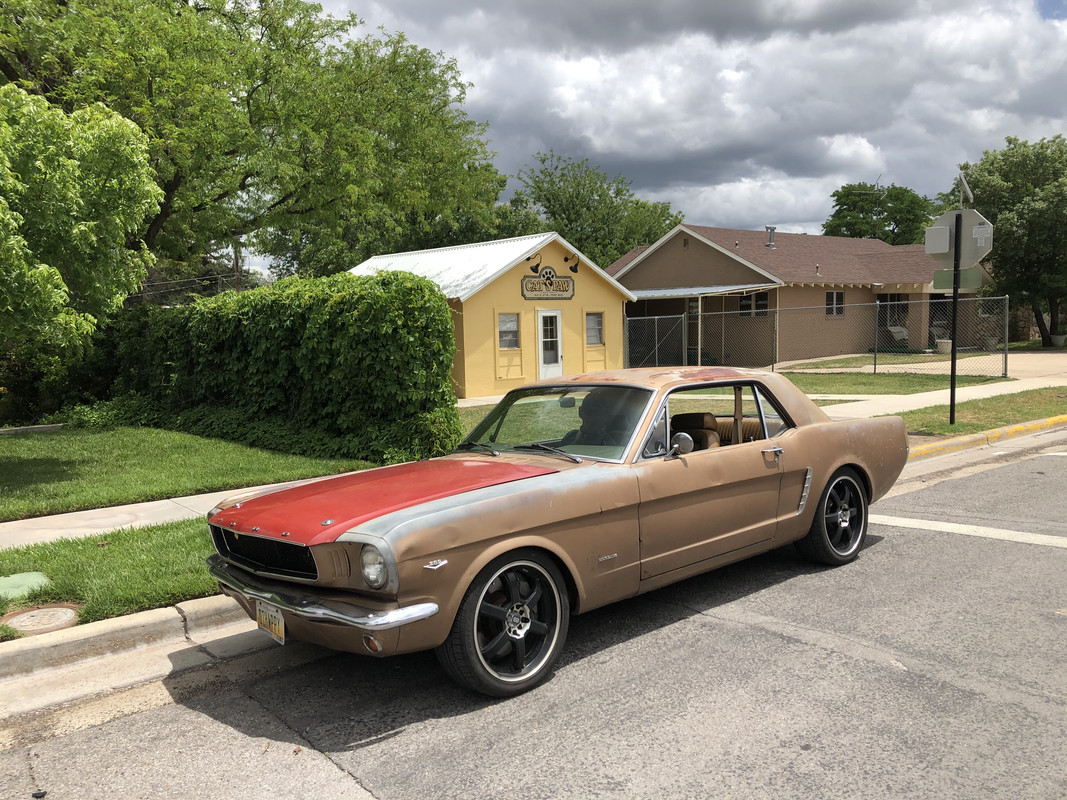 6sally6 wrote:
6sally6 wrote:
Most of y'all know I was a nuclear pipe weldor(er) at the shipyard in Charleston for many years.
I also sailed on subs before that while in the Navy.
"Seen-a-bunch-of-subs-inside-and-out!"
I certainly DON'T know everything about welding and subs butt...... the Thresher sank with all men onboard in .....1968-69 (somewhere about then.)
The main reason they sank and never recovered was because it was before SubSafe requirements were instituted.
One of the main changes in the Sub Safe system was.....NO silver brazed joints were allowed on piping exposed to sea pressure. ALL pipe joints exposed to sea pressure will be welded! (stick or TIG mainly TIG)
At depths in excess of 1000 feet..brazed joints were more likely to fail than TIG welded joints.
Thresher was the last sub the US has lost!
6sally6
Ah, that's why we get along so well. My father-in-law was on a sub for 6 years in the Navy, then worked at Portsmouth Naval Shipyard before joining the DOD late in his career. He did mainly electrical, but worked on the reactors too.
Interesting you mention the Thresher. I was just reading about it a couple days ago. It sank in '63 after sailing from Kittery, ME, which is a couple miles from Portsmouth (where she was built), but it had most recently been repaired in Groton, CT. It does seem the beginning of the chain reaction that caused the loss of the boat was likely a failure of a salt water pipe joint that was brazed instead of welded. The leak likely shorted an electrical panel that caused a reactor SCRAM, and procedures at the time required too much time for a reactor restart to regain propulsion before the vessel sank to crush depth. The only other method of surfacing was an emergency blow, but temporary strainers left in the air lines to the ballast tanks likely became clogged with ice and prevented blowing the tanks. It descended to likely 730 meters before imploding, which was well below crush depth. The records of this are just now being released. The loss of the Thresher and the Scorpion were tragic as they occurred during a war where as Tom Clancy said "there are no victories only casualties".

 1
1 



 HudginJ3 wrote:
HudginJ3 wrote:


